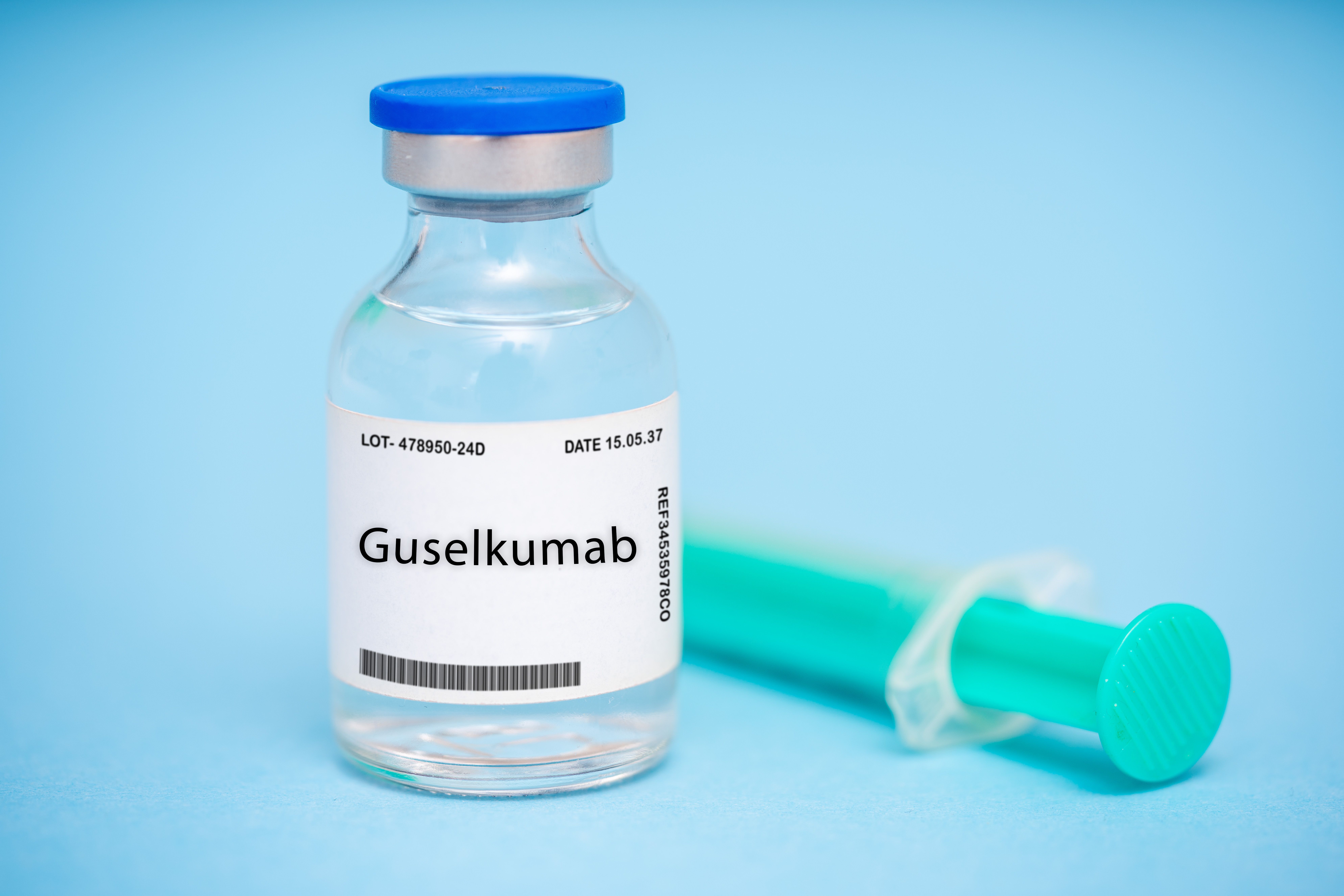Video
Benefit Design and Overcoming Barriers to Access for Alternative Therapies in TRD
Author(s):
Carrie Jardine and Martin Rosenzweig, MD, share considerations for benefit design in behavioral health.
Steven Levine, MD: Carrie, can you talk about what’s involved in procuring intranasal esketamine [Spravato], the various routes, whether that’s buy-and-bill or specialty pharmacy, and any of the challenges or barriers that you’ve seen within that process?
Carrie Jardine: There are 2 routes to obtain the medication. One is to order through the patient’s specialty pharmacy, and then the pharmacy is who bills the insurance company. That’s taking some of the financial responsibility off of the provider for that medication. The medication is then sent to the office for us to give to the patient. The other route is to buy-and-bill, which is that we buy the medication directly from a REMS [Risk Evaluation and Mitigation Strategy]–certified provider, we pay for that medication, and then we bill the insurance company on behalf of the patient once that medication is administered to the patient.
At the beginning, it’s important to look at whether you can take on the financial risk of the medications because reimbursement can take a long time. There are payers that take 30 to 45 days to pay claims. These are treatments in which patients are receiving multiple rather expensive treatments over a few days each week. If you’re buying and billing, it can be a pretty big financial responsibility on the individual provider. Depending on how large of a practice you have, sometimes you can take that responsibility on and wait for the payers to pay.
The other thing is that some patients’ plans have specifications in regard to whether they want you to go through specialty pharmacy or whether you can buy-and-bill. There are also financial considerations on the patient’s side, because whether you’re going through pharmacy benefits or medical benefits, there can be different patient responsibilities with those as well. Those are all of the things to take into consideration in regard to whether you want to buy and bill the medication or go through the patient’s specialty pharmacy.
Steven Levine, MD: Let’s take a deeper dive into some of the billing and coding considerations to supporting patient access to intranasal esketamine and other alternative therapies. I’m going to lean pretty heavily on Ms Jardine here, but let’s start with Dr Rosenzweig. Can you talk a little about the strategies you’re using for TRD [treatment-resistant depression] treatments to ensure appropriate access?
Martin Rosenzweig, MD: It’s a great question because there’s this misbelief that insurers are in place to create barriers. I’d like to talk a little about the process that we have around looking at approval of treatment. A lot of what’s covered is driven by benefit design, meaning how the employers that use us design what they want to cover or exclude. We’re all subject to parity. That’s a key driver behind this as well. When we’re looking at a specific treatment, the general rule of thumb is that we follow FDA [Food and Drug Administration] guidelines. If a treatment is FDA approved, there may be some lag of a month or 2, but that’s generally what our policy follows. With esketamine, that’s pretty much what our policy looks like. It’s following what the federal government recommends.
The issue with some of the treatments, including ECT [electroconvulsive therapy], is that it may require prior authorization in some plans. One of the [responsibilities] as stewards of cost is to make sure that there’s appropriate use of these costly resources. TMS [transcranial magnetic stimulation] certainly has a place, but one of the concerns that we have with new treatments is whether they’re being used appropriately. In our experience, the majority of providers try to do the right thing by the patient. There’s no doubt about that. But there’s a small subset where there’s the risk of fraud, waste, or abuse. Part of our role is to put things in place to make sure that there isn’t overutilization or inappropriate utilization. That’s part of what drives the prior authorization process in some areas.
To give an example with transcranial magnetic stimulation, it’s approved and covered under most plans, but the risk is that it’s overutilized. Someone may show up and it’s the first thing that’s offered to them simply because [the provider] has this expensive machine and you need a volume of patients to cover the cost. That isn’t appropriate. A lot of what drives that is the concern that we reserve the resources where they’re most appropriate. I talked about the choice around medication as well. Start with the ones that are more cost effective for the patient as well in terms of their copayments, using generics.
We have 2 processes. There’s a pharmacy and therapeutics committee that reviews all of this and the recommendations and then writes the policy. Under my medical policy team, we also have a technology assessment committee, or TAC, that looks at these emerging technologies and the data, the research about whether the evidence is strong enough to support their adoption. The reason for that is the benefit design only supports evidence-based or FDA-approved treatments. I’ll give an example. With intravenous ketamine, there’s some preliminary literature that it may be effective. We don’t have robust multicenter, placebo-controlled studies, but it’s not FDA approved for that use, so we have to abide by the language within the benefit until the research is there. Understand it from our perspective as well. It’s the need for evidence that the treatment is effective.
Transcripts edited for clarity.











